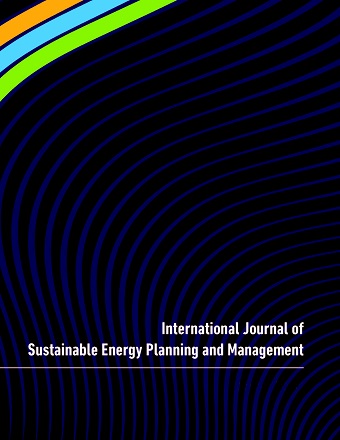National Energy and Climate Planning in Serbia: From Lagging Behind to an Ambitious EU Candidate?
Main Article Content
Abstract
Just in the immediate neighbourhood of the European Union (EU), the Republic of Serbia, one of the Western Balkan (WB) EU candidate countries, is lagging behind in the process of energy transition regardless of technological advances and policy instruments available. The EU created a momentum for energy transition acceleration with the European Green Deal, which has been forwarded to the WB through the Energy Community secretariat in the form of the Green Agenda; generally speaking, response in the form of National Energy and Climate Plans (NECPs) is expected in the short term. The Republic of Serbia’s Low Carbon Development Strategy with Action Plan (LCDSA) and the current Energy Strategy will be analysed, commented on, and improvements will be suggested for the acceleration of energy transition, based on the newest findings from the simulation-based optimization techniques using the sector coupling approach to achieve ambitious variable renewable energy shares. The motivation of this research is to provide decision makers in Serbia with the best available insights regarding sustainable energy system planning tools and possible shortcuts for delayed planning of activities. In addition, the purpose is to improve Serbia’s chance of benefitting from adoption of these strategies in the country’s faster transition towards EU membership. The research compares two scenarios to illustrate a possible policy shift from small hydro power plants to photovoltaics (PV). A further increase in PV and wind power plants has been simulated using the EnergyPLAN to achieve expected scenarios of 40% renewable energy share and some more ambitious ones—up to 80%, which is realistic only with the sector coupling approach.
Article Details
Articles published in International Journal of Sustainable Energy Planning and Management are following the license Creative Commons Attribution-NonCommercial-NoDerivs 3.0 Unported (CC BY-NC-ND 3.0)
Authors retain copyright and grant the journal right of first publication with the work simultaneously licensed under a Creative Commons Attribution License: Attribution - NonCommercial - NoDerivs (by-nc-nd). Further information about Creative Commons
Authors can archive post-print (final draft post-refereering) on personal websites or institutional repositories under these conditions:
- Publishers version cannot be stored elsewhere but on publishers homepage
- Published source must be acknowledged
- Must link to publisher version

